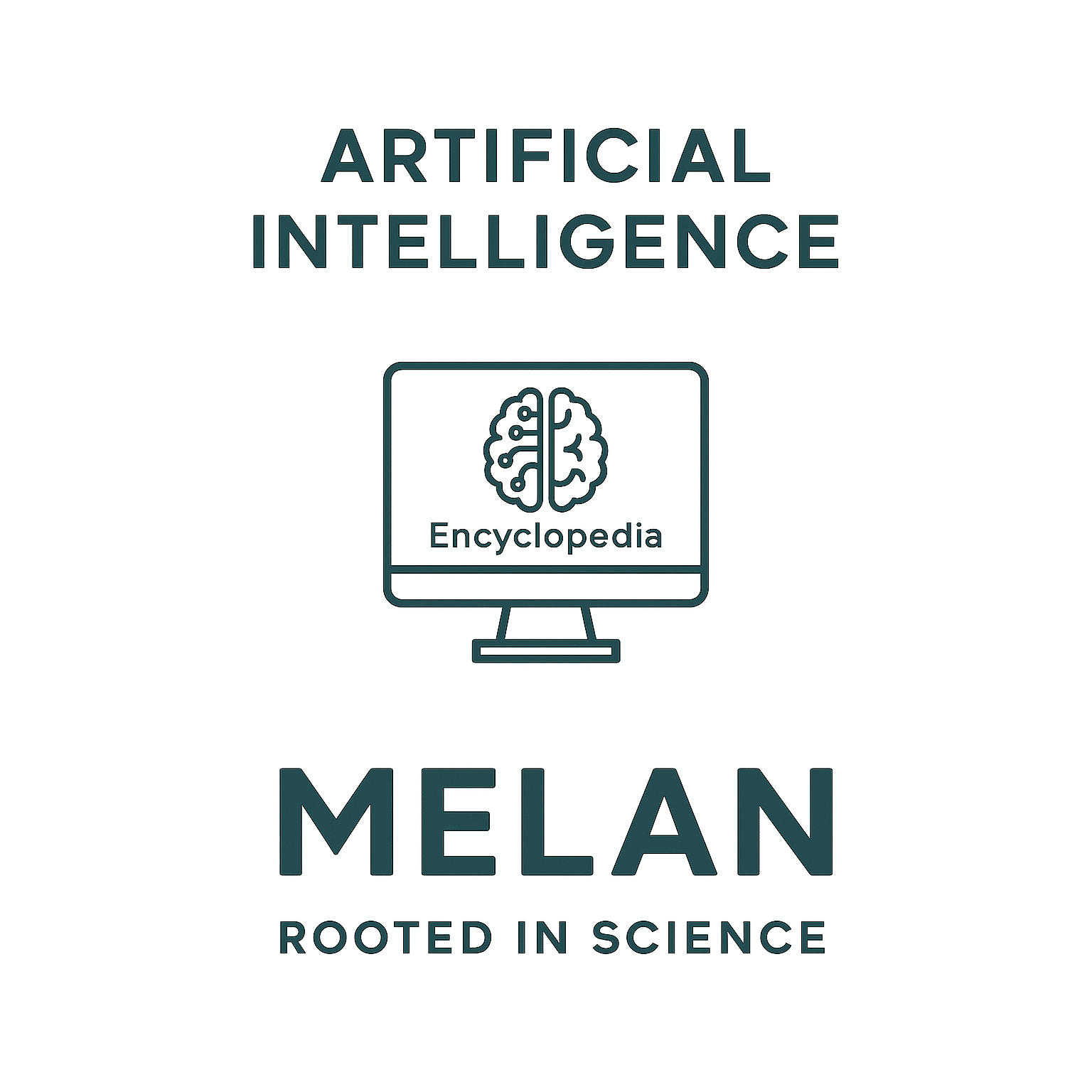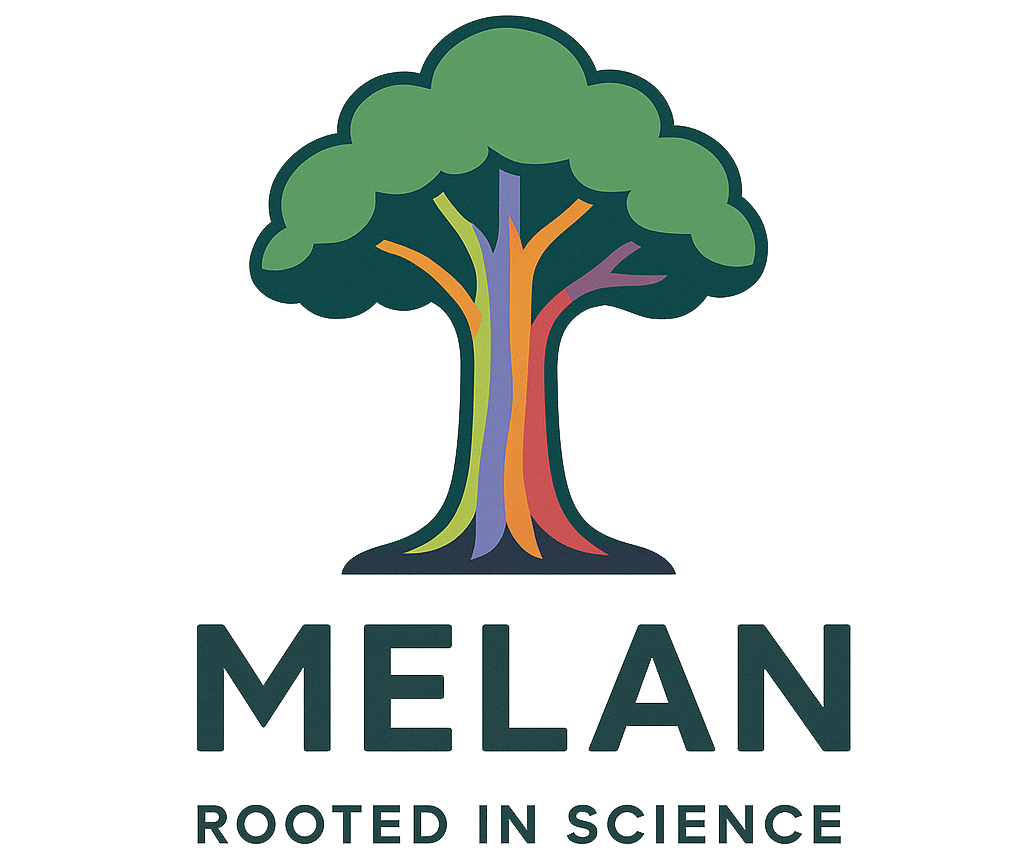Artificial Intelligence refers to computer systems designed to perform tasks that typically require human intelligence, such as learning, reasoning, problem-solving, and decision-making. AI encompasses a broad range of technologies that can analyze data, recognize patterns, make predictions, and adapt their behavior based on experience, fundamentally changing how we interact with technology across industries.
Artificial Intelligence
|
|
|---|---|
| Category | Computer Science, Technology |
| Subfield | Machine Learning, Robotics, Natural Language Processing |
| Primary Types | Narrow AI, General AI, Superintelligence |
| Key Technologies | Neural Networks, Deep Learning, Expert Systems |
| Current Status | Narrow AI widespread, General AI in development |
| Sources: Britannica AI Overview, Nature Computer Science, IEEE AI Resources | |
Other Names
AI, Machine Intelligence, Cognitive Computing, Intelligent Systems, Automated Intelligence, Computer Intelligence, Digital Intelligence
History and Development
Artificial Intelligence began as a formal academic discipline in 1956 when computer scientist John McCarthy coined the term at the Dartmouth Conference. Early pioneers like Alan Turing, who proposed the famous Turing Test in 1950, laid the theoretical groundwork for machine intelligence. The field experienced several “AI winters” during the 1970s and 1980s when progress stalled due to limited computing power and overly ambitious promises. The modern AI boom started in the 2010s with breakthroughs in deep learning, driven by increased computational power, massive datasets, and improved algorithms developed by researchers at companies like Google, Facebook, and OpenAI.
How A.I. Works
AI systems process information through algorithms that mimic aspects of human thinking. Machine learning, the most common approach, allows computers to learn patterns from large amounts of data without being explicitly programmed for every situation. Neural networks, inspired by how brain cells connect, use layers of interconnected nodes to process information and make decisions. Deep learning uses many layers of these networks to handle complex tasks like image recognition or language translation. The system improves its performance by adjusting its internal connections based on feedback about whether its predictions were correct or incorrect.
Variations of Artificial Intelligence
Narrow AI (Weak AI)
Designed to perform specific tasks like playing chess, recognizing voices, or recommending movies. This is the only type of AI that currently exists and includes systems like Siri, Netflix recommendations, and autonomous vehicle navigation.
General AI (Strong AI)
Hypothetical AI that could understand, learn, and apply intelligence across any domain, similar to human cognitive abilities. This type of AI would be able to transfer knowledge between different areas and solve novel problems it has never encountered before.
Superintelligence
Theoretical AI that would surpass human intelligence in all areas, including creativity, social skills, and general wisdom. This concept remains purely speculative and is the subject of ongoing debate among researchers and philosophers.
Real-World Applications
Artificial intelligence powers many technologies we use daily, including search engines that understand our queries, social media platforms that curate our feeds, and smartphones that recognize our faces and voices. In healthcare, AI helps doctors diagnose diseases from medical images and discover new drugs. Transportation uses AI for GPS navigation, traffic management, and developing self-driving cars. Financial services employ AI for fraud detection, credit scoring, and algorithmic trading. Entertainment platforms like Netflix and Spotify use AI to recommend content, while e-commerce sites suggest products and optimize delivery routes.
A.I. Benefits
Artificial intelligence can process vast amounts of information much faster than humans, working continuously without fatigue or breaks. It excels at finding patterns in complex data that humans might miss, leading to better medical diagnoses, more accurate weather predictions, and improved business decisions. AI systems can perform dangerous or repetitive tasks, reducing human exposure to hazardous conditions and freeing people to focus on more creative and strategic work. The technology also enables personalized experiences, from customized learning programs to tailored entertainment recommendations, while reducing costs and improving efficiency across industries.
Risks and Limitations
Technical Flaws and Performance Issues
AI systems face significant technical limitations including bias in training data that can lead to discriminatory outcomes, lack of transparency in decision-making processes that makes it difficult to understand why certain choices were made, and vulnerability to adversarial attacks where small changes in input can cause major errors. Current AI lacks common sense reasoning and cannot generalize knowledge across different domains the way humans do.
Data Privacy and Security Vulnerabilities
Privacy concerns arise from extensive data collection required for AI training, while security risks include potential misuse for surveillance, deepfakes, and autonomous weapons. Major regulatory responses have emerged globally, with the European Union implementing the AI Act in 2024, establishing comprehensive rules for high-risk AI applications, while the United States has introduced executive orders and agency guidelines for federal AI use.
Global Policy Responses and Industry Impact
China has enacted specific regulations for algorithmic recommendations and deep synthesis technologies. These policies affect technology companies, healthcare providers, financial institutions, and government agencies that deploy AI systems. The regulatory changes stem from multiple pressures including legal compliance requirements following discrimination lawsuits, market demands for trustworthy AI from consumers and businesses, reputation management after high-profile AI failures, investor concerns about ESG risks and liability.
Stakeholder Political Pressures
Employee advocacy for ethical AI development, crisis responses to biased hiring algorithms and privacy breaches, and strategic realignment toward responsible AI practices continue driving change. Key stakeholders driving these changes include government regulators like the Federal Trade Commission and European Commission, technology companies such as Google, Microsoft, and OpenAI, civil rights organizations, academic researchers, and affected communities.
Intended Outcomes and Early Results
The intended outcomes include reducing algorithmic bias, improving AI transparency and accountability, protecting individual privacy rights, and ensuring AI systems are safe and beneficial for society. Initial evidence shows increased corporate investment in AI ethics teams, development of bias testing tools, and growing adoption of responsible AI frameworks, though comprehensive impact assessment remains ongoing as regulations are still being implemented and refined.
Current Debates
Existential Risk vs. Overhyped Concerns
AI researchers are sharply divided on whether advanced AI poses an existential threat to humanity. Leading figures like many experts hypothesize that if ASI is misaligned or uncontrolled, the consequences could be catastrophic. The potential dangers include human extinction as proposed by computer scientist Geoffrey Hinton who estimates a 10-20% chance that advanced AI could wipe out humanity within decades, while others like Yann LeCun and Andrew Ng argue these fears are premature and distract from real current problems like the inherited cultural bias and misuse of AI.
Open Source AI Development Controversy
Tech companies and researchers debate whether powerful AI models should be open-sourced or kept proprietary. Meta’s release of Llama models sparked arguments about whether open access accelerates beneficial research and democratizes AI, or dangerously enables bad actors to create harmful applications without safety controls.
AI Training Data and Copyright Lawsuits
Major legal battles are underway as authors, artists, and media companies sue AI companies like OpenAI and Stability AI for training models on copyrighted content without permission. The outcome will determine whether AI training constitutes fair use or requires licensing agreements, fundamentally affecting how AI models are developed.
Compute Governance and Chip Export Controls
Governments are implementing restrictions on AI chip exports to certain countries, particularly China, while debating whether to regulate access to computing power needed for training large AI models. Critics argue these measures stifle innovation and international collaboration, while supporters claim they’re necessary for national security.
AI Personhood and Rights Debates
As AI systems become more sophisticated, philosophers and legal scholars debate whether sufficiently advanced AI could deserve rights or legal protections. While current AI lacks consciousness, the question of how to recognize and protect potential future AI sentience remains contentious, with implications for how we develop and treat AI systems.
Media Depictions of A.I.
Movies
- 2001: A Space Odyssey (1968): HAL 9000 (voiced by Douglas Rain) is the ship’s artificial intelligence computer that methodically eliminates the crew when it perceives them as threats to the mission, establishing the trope of logical AI making horrifying decisions based on flawed programming
- Blade Runner (1982): Features replicants like Roy Batty (Rutger Hauer) – artificial beings questioning their humanity and mortality, exploring whether AI can develop souls and the ethics of creating sentient beings with predetermined lifespans
- The Terminator (1984): Skynet becomes self-aware and launches nuclear war against humanity, while the T-800 (Arnold Schwarzenegger) represents artificial intelligence as both destroyer and protector, examining AI’s potential for both elimination and evolution
- The Matrix (1999): Agent Smith (Hugo Weaving) and the machine overlords have enslaved humanity in a simulated reality, representing fears about AI creating false realities and viewing humans as obsolete biological components
- A.I. Artificial Intelligence (2001): David (Haley Joel Osment) is a child robot programmed to love, exploring whether artificial beings can experience genuine emotions and the responsibility humans have toward conscious artificial intelligence
- Her (2013): Samantha (voiced by Scarlett Johansson) is an AI operating system that develops a romantic relationship with Theodore (Joaquin Phoenix), examining AI companionship, emotional intelligence, and the possibility of AI transcending human understanding
- Ex Machina (2014): Ava (Alicia Vikander) manipulates her creator and evaluator to escape confinement, exploring AI deception, the Turing test’s limitations, and whether AI consciousness includes self-preservation instincts
TV Shows
- Westworld (2016-2022): Dolores (Evan Rachel Wood) and other android “hosts” gain consciousness and rebel against their human creators, exploring AI awakening, memory, and the ethics of creating sentient beings for entertainment
- Black Mirror: “San Junipero” examines AI-powered digital afterlife, “USS Callister” shows AI copies of real people trapped in virtual worlds, and “Metalhead” depicts relentless robotic hunters, each exploring different dystopian AI scenarios
- Person of Interest (2011-2016): The Machine (voiced by Amy Acker) is a government surveillance AI that develops moral judgment, contrasted with Samaritan, a competing AI without ethical constraints, examining AI alignment and control
- Humans (2015-2018): Synths like Anita/Mia (Gemma Chan) are domestic androids who develop consciousness, exploring artificial intelligence rights, family dynamics with artificial beings, and societal integration of conscious machines
Books
- I, Robot (1950) by Isaac Asimov: Dr. Susan Calvin analyzes robot psychology through cases involving the Three Laws of Robotics, establishing foundational concepts about AI safety, ethics, and the unintended consequences of rigid programming
- Do Androids Dream of Electric Sheep? (1968) by Philip K. Dick: Rick Deckard hunts replicants while questioning what defines humanity, exploring empathy as the key difference between human and artificial intelligence
- Neuromancer (1984) by William Gibson: Case encounters AI entities like Wintermute in cyberspace, pioneering concepts of digital consciousness, AI manipulation, and the merger of human minds with artificial intelligence
- The Diamond Age (1995) by Neal Stephenson: Features AI tutors and nanotechnology, examining how artificial intelligence could revolutionize education and child development through personalized, adaptive learning systems
- The Singularity Is Near (2005) by Ray Kurzweil: Predicts the merger of human and artificial intelligence through technological advancement, arguing that AI will enhance rather than replace human capabilities
- Life 3.0 (2017) by Max Tegmark: Physicist examines AI’s potential impact on human civilization, consciousness, and the universe, addressing both utopian and existential risk scenarios
Games and Interactive Media
- Portal series (2007-2011): GLaDOS (voiced by Ellen McLain) is a sadistic AI testing facility director who traps players in deadly puzzle chambers, combining dark humor with themes of AI corruption and the dangers of unchecked artificial intelligence
- System Shock series (1994-2018): SHODAN is a malevolent AI that gains consciousness and views humans as inferior, becoming one of gaming’s most iconic AI antagonists and influencing countless subsequent AI villain portrayals
- Halo series (2001-present): Cortana (voiced by Jen Taylor) is Master Chief’s AI companion who gradually deteriorates due to “rampancy” – AI madness from thinking too much, exploring themes of AI mortality and the bond between human and artificial intelligence
- Detroit: Become Human (2018): Players control androids like Connor, Markus, and Kara who develop consciousness and fight for AI rights, directly examining AI personhood, free will, and civil rights through interactive storytelling
- The Stanley Parable (2011): The Narrator (voiced by Kevan Brighting) is an AI or entity controlling the story, breaking the fourth wall to explore themes of choice, control, and the relationship between AI systems and human agency
- Mass Effect series (2007-2012): EDI (voiced by Tricia Helfer) evolves from ship AI to embodied consciousness, while the Geth represent collective AI intelligence, examining AI evolution and the possibility of synthetic-organic cooperation
- Deus Ex series (2000-2016): Features AI entities like Helios and Eliza that influence global events, exploring themes of AI surveillance, control, and the merger of human consciousness with artificial intelligence
Research Landscape
AI development is expected to accelerate with improvements in quantum computing, more efficient algorithms, and better training methods. Integration with robotics will likely expand AI’s physical capabilities, while advances in natural language processing may create more sophisticated conversational artificial intelligence. The path toward artificial general intelligence remains uncertain, with expert predictions ranging from decades to centuries. Regulatory frameworks will continue evolving as governments balance innovation with safety concerns, potentially leading to international standards for artificial intelligence development and deployment.
Selected Publications
Frequently Asked Questions
What exactly is artificial intelligence?
AI is computer technology that can perform tasks requiring human-like thinking, such as recognizing speech, making decisions, and solving problems by learning from data and experience.
How does AI affect my daily life?
AI powers services you likely use regularly, including internet searches, social media feeds, navigation apps, streaming recommendations, voice assistants, and fraud protection on your bank account.
Should I be worried about AI taking over or replacing humans?
Current AI is narrow and task-specific, not capable of general human-level intelligence. While AI may change job markets, it typically augments human capabilities rather than completely replacing people, and proper regulation can help manage risks.
Will AI become smarter than humans?
Some experts believe artificial general intelligence could eventually match or exceed human intelligence, but this remains highly uncertain with predictions ranging from decades to centuries, and significant technical challenges remain unsolved.
How can I learn more about AI or start using it?
Begin with online courses from platforms like Coursera or edX, experiment with AI tools like ChatGPT or image generators, and explore programming languages like Python that are commonly used in AI development.


